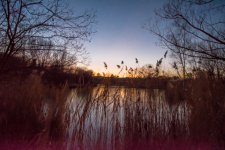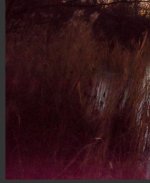I do a lot of astro work meaning 20 to 30 second exposure times at ISO 800 or higher and then need to push the ISO in post. I also sometimes need to underexpose parts of the pics and also then push for detail (eg no tripod, or windy day with plants and want to freeze motion in blue hour).
Problem is when I add, say, 4 stops exposure in Lightroom I often get a magenta cast down the edge of the image where the Viewfinder Info Display shines and so I am concerned that this does not switch off. How can I switch it off completely since I am shooting in Manual with Manual Focus and use the LCD screen to change settings. How can I switch off the internal light in the viewfinder?
TIA
Problem is when I add, say, 4 stops exposure in Lightroom I often get a magenta cast down the edge of the image where the Viewfinder Info Display shines and so I am concerned that this does not switch off. How can I switch it off completely since I am shooting in Manual with Manual Focus and use the LCD screen to change settings. How can I switch off the internal light in the viewfinder?
TIA


